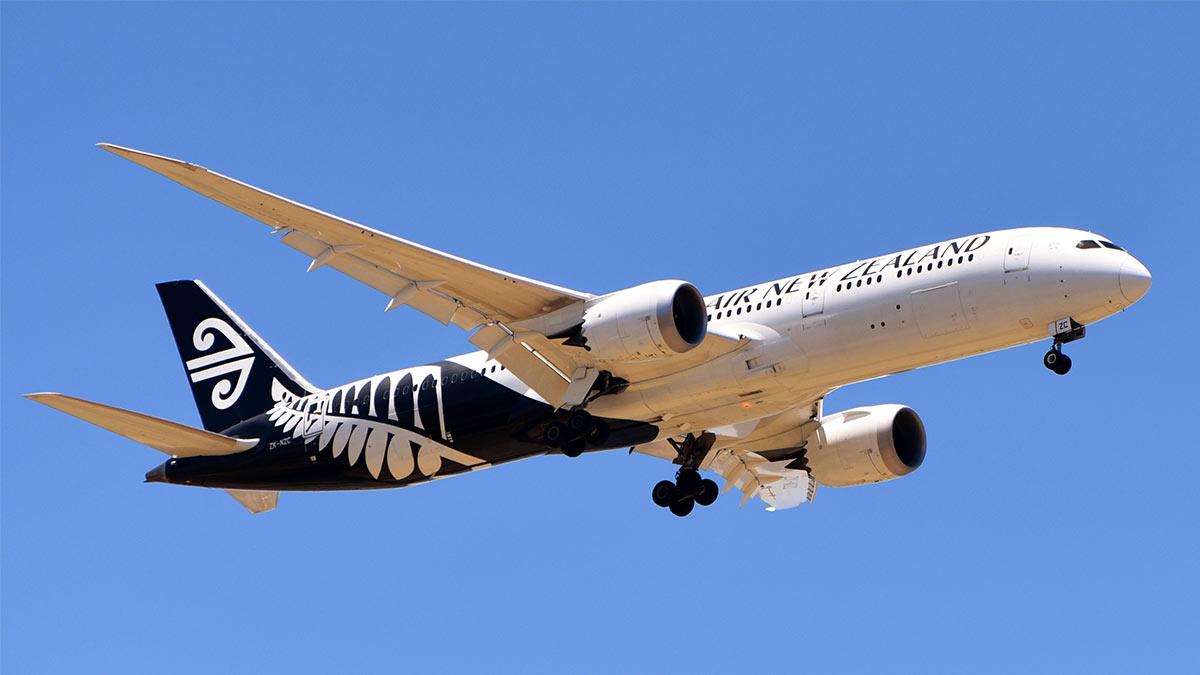Bayern Munich defender David Alaba sees his departure from the club at the end of the season as a chance to "do something new" and "take another step forward". The Austrian could move to Real Madrid at the end of the season.
"To grow, you have to leave your 'comfort zone'. I think that perhaps you have to go into the unknown to be able to mature again," he told club magazine 51 in an interview published online on Thursday.
The Austrian Alaba is leaving Bayern after 13 years at the club. He joined the Bavarians youth academy as a "little rascal with big dreams" at 16 and will leave as a two-time treble winner.
ALSO READ | Bayern aim to clinch title on 2nd attempt with help from Dortmund
He said he spent two years in the youth accommodation at the beginning and used to watch the professional team training sessions through his window every day.
"There's still a bit of time before I go, and I can't fully take it in at the moment. It's just been fantastic over the years," he was quoted as saying by the DPA.
The defender hasn't mentioned his possible club, but has been linked with a move to Real Madrid. "I'm leaving FC Bayern with a tear in my eye but also looking forward to my future at the same time," he said.
The global atlas of migration will help decision-makers prioritize which areas along migration routes to conserve in order to safeguard the diverse benefits they provide to humanity.
ALSO READ | Madrid Open: Ashleigh Barty cruises into final
The effort builds on numerous conservation successes that were made possible through mapping of migrations. Around the world, actions such as protected-area expansion, road-crossing structures, and working-lands conservation initiatives have been catalyzed by tracking the actual migration routes of the herds.
But development and barriers are expanding in many of the landscapes required by migrating herds. The scientists and conservationists involved in the initiative hope that detailed maps of migrations around the world will spark similar conservation actions to sustain wildlife migrations.
To coordinate this large effort, the international team has partnered with the United Nations Secretariat of CMS to create the Global Initiative for Ungulate Migration (GIUM).
An environmental treaty of the UN, CMS provides a global platform for the conservation and sustainable use of migratory animals and their habitats. This unique treaty brings countries and wildlife experts together to address the conservation needs of terrestrial, aquatic, and avian migratory species and their habitats around the world.
The new global initiative hosted by CMS will utilize the latest GPS tracking technology, mapping software, and data-sharing platforms, combined with local and indigenous knowledge. The team will also endeavour to map lost migrations, and document local and historical knowledge of animal movements.
Kirk Olson, Conservation Director for the Wildlife Conservation Society (Mongolia Program) and a co-author of the study, told IANS: "These migrations have been impacted for decades as a result of a fenced railroad corridor erected long before these migrations were known and we now have the knowledge to seize the moment and right this wrong so that these species can resume some of the longest known migrations in the world.
"By doing so, Mongolia also has a chance to demonstrate to the world how to develop into the future and not leave its wild natural heritage behind."
The launching of the GIUM is timely given the increasing international focus on protecting biodiversity.
A new UN global strategy on biodiversity known as the Post-2020 Global Biodiversity Framework is expected to be agreed to this year.
CMS Parties have singled out the importance of ecological connectivity, including animal migrations, as a key priority for the new framework.


















